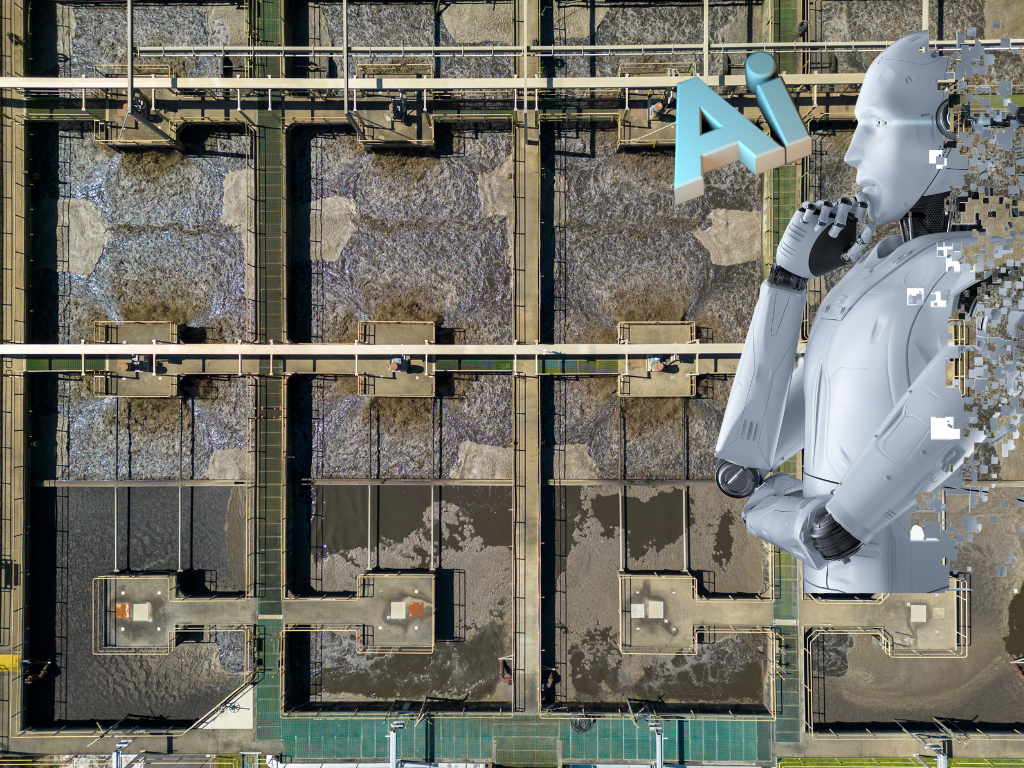Use of AI & ML in environmental industry
Artificial intelligence (AI) and machine learning (ML) are revolutionizing various industries, and the environmental industry is no exception. The use of AI is being used to address environmental issues, climate change, pollution monitoring and wildlife conservation. If used wisely AI and ML have a great potential to contribute to a more sustainable future.
A combination of technologies like AI, ML, Big data, IoT, image processing and many others can be used to support climate change mitigation efforts by improving the accuracy of weather forecasting and climate modelling. This would effectively help us to predict the impacts of climate change on different regions and support policy decisions. The use of AI can also help to optimize energy consumption and reduce carbon emissions by identifying opportunities for energy efficiency improvements and optimizing renewable energy production.
Climate Change: Very recently AI technologies are being used to monitor and track pollution levels in air, water and soil. These technologies can help us identify sources of pollution and develop more effective pollution control measures, so as to mitigate the problem at the source. Today’s many sensors are equipped with high AI API’s which can detect pollution levels in real-time, thus allowing for rapid response to potential pollution threats.
Wild Life: Another use of AI technologies is to support wildlife conservation efforts. Many AI-powered cameras can be used to track animal populations and monitor their behaviour. This information can also give us a huge insight into the factors that affect their habitat and help us develop strategies to protect their ecosystems. Multiple layers of geofencing technology using AI power can help us accurately monitor tagged animal movements, thus helping us identify various eco corridors for them. Such and many more AI technologies can help us analyze large amounts of data to identify patterns and trends in wildlife populations, which can be used to guide conservation efforts and make the necessary changes needed.
Agriculture: Using AI in agricultural practices helps to reduce the environmental impact of agriculture by minimizing the use of fertilizers and pesticides, reducing water usage and mitigating soil erosion. Many AI-powered drones are being used to monitor crop health and identify areas that require irrigation, fertigation or any other nutrients. This is done purely using image-processing AI technologies. Various algorithms can be used to analyze historical data to develop crop growth models and also predict yields with the amount of and need of fertilizers and other nutrients.
Environment: AI technologies also play a very important role in waste management practices like recycling, composting, and waste-to-energy conversion. Various Al & ML-based algorithms can be used to optimize waste collection routes and schedules, reducing the fuel consumption and emissions associated with waste collection. Image processing of various microbes in biological units helps to identify the health of that system, in a matter of seconds using powerful AI tools, thus ensuring better efficiency of the plant. AI-based algorithms are being used to identify microorganisms that are effective in bioremediation. This not only helps to optimize the selection of microorganisms but also improves the effectiveness of the bioremediation process. There are some AI and ML tools which are being used to model the behaviour of bacteria in a certain type of environment to predict the rate of biodegradation of a pollutant and also estimate the time required to complete the process.

